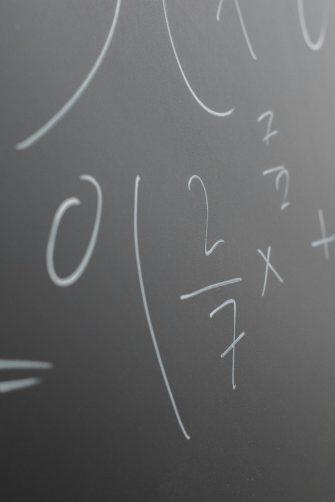
Mathematician Solves Algebra’s Oldest Problem
For centuries, mathematicians have struggled to find a solution to one of algebra’s most enduring problems: solving higher polynomial equations. This problem has stumped even the greatest minds in mathematics, from ancient civilizations to modern-day researchers. However, UNSW Honorary Professor Norman Wildberger has finally cracked the code, discovering a new method that tackles this age-old problem with unprecedented precision.
Wildberger’s innovative approach relies on special extensions of polynomials called “power series” rather than radicals and irrational numbers, which have traditionally been used to solve polynomial equations. This breakthrough has significant implications for various fields, including astronomy, computer science, and engineering.
The Importance of Polynomial Equations
Polynomial equations are a fundamental aspect of mathematics, and they play a crucial role in many areas of science and engineering. These equations describe the movement of planets, the behavior of electrical circuits, and the performance of computer programs. In essence, polynomial equations help us model and analyze complex phenomena in a wide range of fields.
However, solving higher polynomial equations has proven to be a daunting task. In the 19th century, mathematicians like Évariste Galois and Niels Henrik Abel attempted to crack the code, but their methods were limited and often led to complex and cumbersome solutions.
Wildberger’s Breakthrough
Wildberger’s new method, published in a recent paper, uses power series to solve polynomial equations of any degree. This approach avoids the use of radicals and irrational numbers, which have traditionally been used to solve polynomial equations. Instead, Wildberger’s method relies on the properties of power series, which are a type of infinite polynomial.
According to Wildberger, his method is not only more efficient but also more intuitive. “My approach is much simpler and more direct than previous methods,” he said in an interview. “It’s like solving a puzzle, and once you understand the pattern, you can solve it much more easily.”
Wildberger’s method has far-reaching implications for various fields. For example, in astronomy, it could be used to more accurately predict the orbits of planets and celestial bodies. In computer science, it could be used to improve the performance of algorithms and optimize the design of computer programs.
A New Era in Mathematics
Wildberger’s breakthrough is not only a significant achievement in mathematics but also a testament to the power of innovative thinking. His approach challenges the traditional ways of solving polynomial equations and opens up new avenues for research.
“This is a game-changer for mathematics,” said Professor Wildberger. “It’s a new era in algebra, and it will have a profound impact on many areas of science and engineering.”
Wildberger’s discovery has already sparked excitement in the mathematical community, with many researchers eager to explore the possibilities of his new method.
Conclusion
The solution to algebra’s oldest problem is a testament to human ingenuity and the power of mathematical thinking. Wildberger’s innovative approach has opened up new possibilities for solving polynomial equations and has significant implications for various fields.
As we move forward, it’s exciting to imagine the possibilities that Wildberger’s discovery will unlock. Whether it’s in astronomy, computer science, or engineering, Wildberger’s breakthrough will undoubtedly have a profound impact on our understanding of the world around us.
Source:






